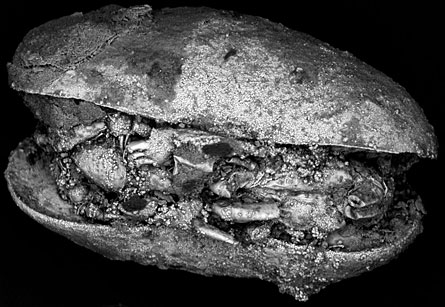Well-preserved fossils deposited in the sediments of an Antarctic lake about 14 million years ago pin down when a large part of the now-icy continent most recently dipped below freezing. The new findings chronicle the changing climate of the region and answer long-standing questions about when and how quickly Antarctica cooled.







